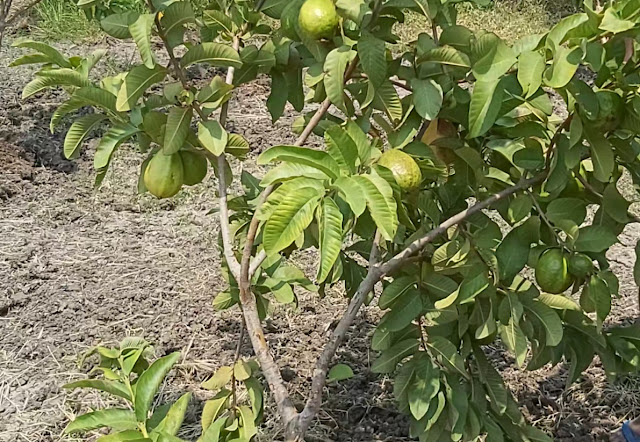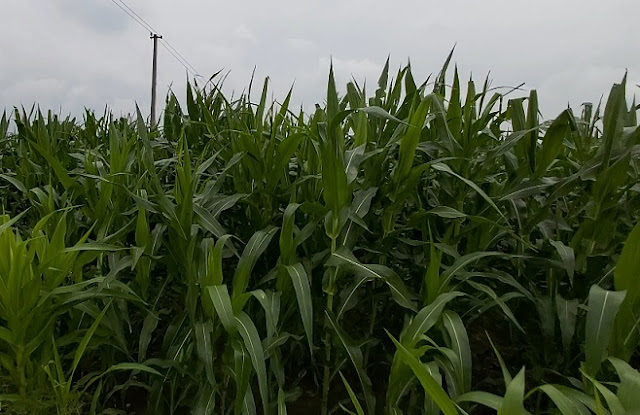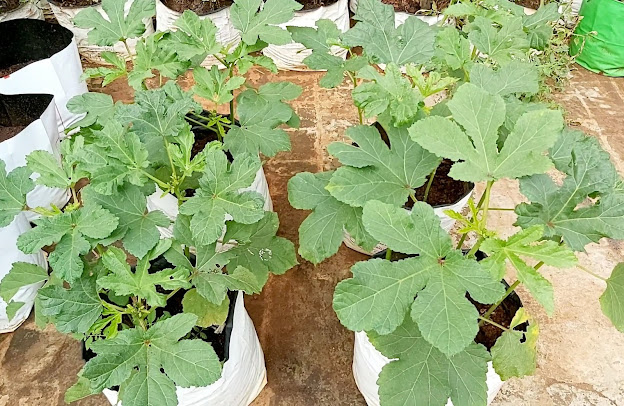How and when to Harvest Guavas In Your Farm?

After 3 months of pruning the guava trees and we can see more guava in the trees. Normally Guava fruit will be ripe and ready for harvest about 90 and 150 days after flowering and pollination . Each branch in the tree has at least 3 or 4 guavas and they have matured and are ready for harvesting . These fruits cannot be maintained on the tree longer in ripen stage . So, fruit picking should be done, as sooner as they attain maturity . There are several ways to harvest fruits. One can go for manual hand picking of fruits at an interval of few days. Fruit plucking machine is also available in the market to harvest fruits. Guavas depends on the plant age, soil fertility, soil type, frequency of irrigation, pest and disease control. Also Yield is always different from variety to variety. Yield will further increase after completing third and fourth prunin g as more lateral ...




